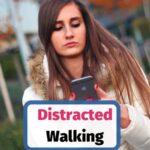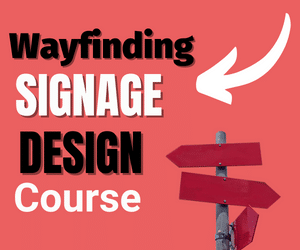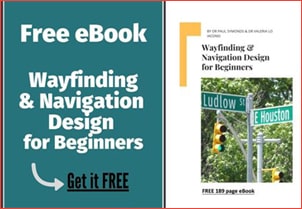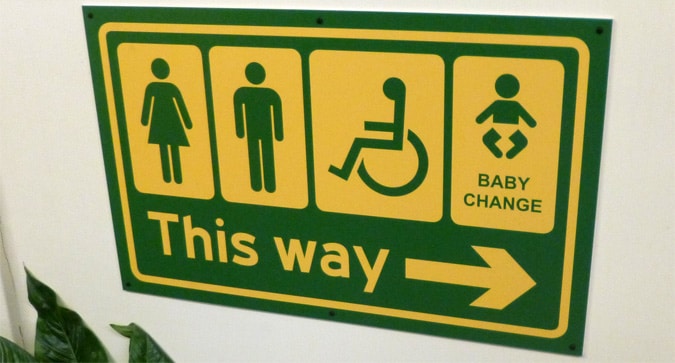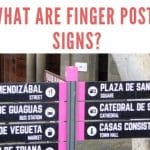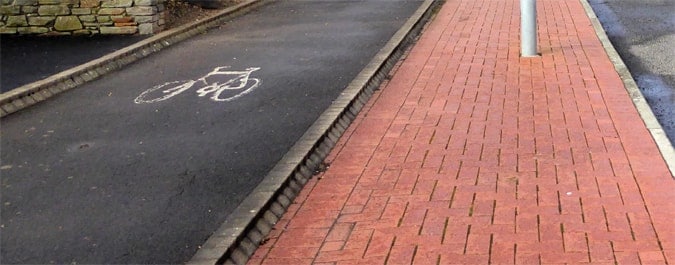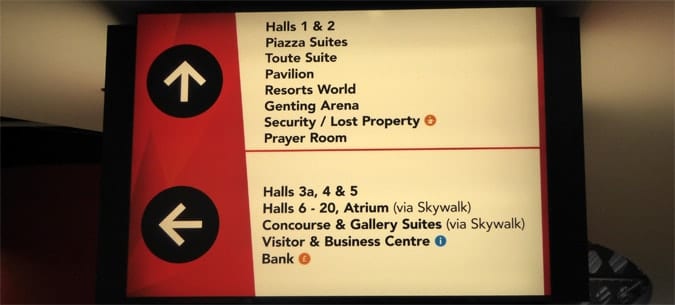Last Updated on June 8, 2023
Have we forgotten how to get lost? How to explore and how to relax? In this post I look at Mindful Walking!
We so often try to multi-task believing that we are saving time, including when we are wayfinding when we are navigating around a location.
The concept of ‘attention deficit trait’ is one which we suffer, not only in our work but also when we travel between places.
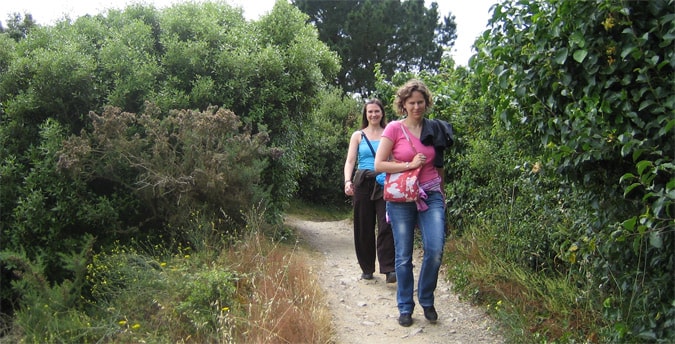
Being continually bombarded with so much information from different sources makes it harder for us now to relax and enjoy the environment in which we work, BUT also through which we journey.
There can of course be a big positive in being distracted as we try to get from A to B, a great example being being stuck in a traffic jam when commuting.
In this case, the route has a high level of familiarity to you and there is a high level of automation in the way in which you find your way.
You can decide to learn a language via the car’s audio system as you travel a route. You might alternatively listen to audiobooks and the route ultimately becomes about more than just getting between A and B.
Table of Contents
How the Brain Works as We Navigate
We may try and navigate whilst also doing other tasks, such as talking on our phone, but the human brain in fact works in serial and is not capable of multi-tasking.
The idea of multitasking has been proven to be an impossibility because tests show that we can actually do only one thing at once.
You might jump between tasks extremely quickly and thus it might appear as though you are multi-tasking, but you can in fact only ever do one task at a time.
When you are driving and having a conversation on a hands-free telephone in your car, your brain will go between listening to the call, talking, and concentrating on the driving, but never more than one thing at a specific time.
It certainly does not mean that you cannot do two tasks, but the ability to do any task efficiently will always be diluted.
The speed with which we are able to jump between tasks provides what in essence is an illusion that we are fully focused.
The effect of doing multiple tasks whilst navigating is that your reaction speed will always thus be a percentage slower.
The significance of this from a wayfinding point of view is that, when you are driving, walking, cycling, or using any other form of mobility, when you are trying to multi-task, you will never perform the navigational task as effectively.
Trying to get from A to B of course though needs
A great example is of walking with a mobile phone. Why not turn the phone off and actually see the route, see the squirrel running across the park, notice the flowers that have blossomed?
Why not leave your home 20 minutes earlier and walk instead of getting the tube/train, if it is practical. Discover those shops in between work and home, which you never knew existed.
Stress, Wayfinding, and Mindful Walking
Stress is strongly attached to wayfinding and this is for a wide variety of reasons.
Let us though consider one example.
Taking a holiday situation, we can spend so much time and money planning that special annual trip for ourselves and our family, that there is an added pressure of sorts, to make sure that everything goes well.
Getting lost trying to find an airport or being in a hurry to try and find your way through the airport can thus involve a heightened sense of stress and emotion attached to it.
Different wayfinding situations thus involve a wide variety of emotional highs and lows.
You might be in a new city such as Montpelier, in France, and have all day to explore and thus few time constraints. In this instance, getting lost will not be a problem unless it presents safety issues.
Available time, safety, and emotions as you can see, are but a few parts of the wayfinding paradigm.
Trying to break the ‘dead time’, which can be some of the most stressful times, such as the lost time between trying to read that text message or check Facebook as you walk.

Tips for Mindful Walking
- Time – Allow yourself time to get lost, such as when you are exploring a new city. Try to let go of time constraints and time having a hold on your day. Discover a new street, a new shop, a new way of seeing a city.
- Technology – Turn off your phone!!!! It might seem a bit extreme to turn off your phone, but you might be surprised at the difference of how you can see the environment in which you are navigating if you are normally one of the cyborgs who walk around looking down at a mobile phone or smartphone. Why not re-engage with what is around you?
- Talk to people – Asking people the way can actually be a wonderful way to get extra tips, get information from them and enjoy the social aspect of getting between places.
- Variety – Make an effort to take different routes and thus to have different experiences.
- Transport – If practical, leave home earlier and walk instead of getting the underground subway train or bus. Or get off one stop earlier and walk. It is amazing the new things you can discover.
Useful Resources
- Mindfulness training from Symonds Research.
- Two books you might especially enjoy if you are interested in Mindful walking are:
Dr Paul Symonds has a PhD in Wayfinding from Cardiff Metropolitan University in the UK. Paul works with the signage industry, airports and other locations providing wayfinding audits, consultancy and training.


